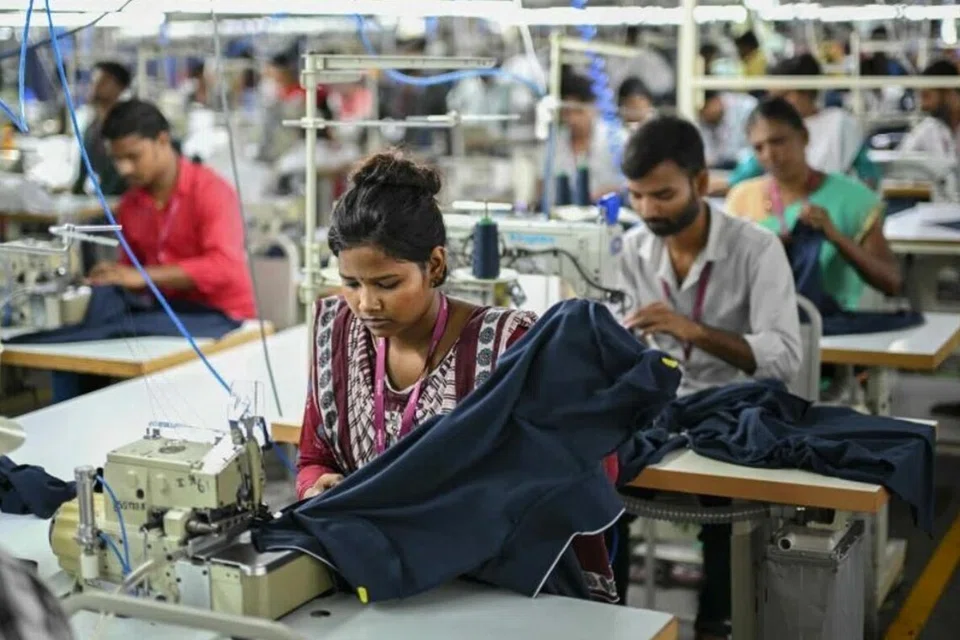India’s trade deficit widened to a record in October, with exports to the US plunging for a second consecutive month after President Donald Trump’s 50 per cent punitive tariffs.
The gap between exports and imports stood at US$41.68 billion (S$54 billion) in October, according to official data on Nov 17, well above the US$30 billion deficit forecast by economists in a Bloomberg survey. Exports contracted almost 12 per cent from a year earlier, with shipments to the US dropping 8.6 per cent.
The US is India’s biggest export market, and Mr Trump’s tariffs are hitting labour-intensive sectors such as textiles, leather, footwear, and gems and jewellery the hardest. Last week, India’s Cabinet announced relief measures worth more than US$5 billion for exporters, including collateral-free loans and other programmes.
The tariffs have roiled India’s financial markets, with the rupee down 3.5 per cent against the dollar this year, trading close to a record low.
India and the US are currently negotiating a trade deal to lower the tariff rate, with India’s Commerce Secretary Rajesh Agrawal indicating on Nov 17 that a resolution was near. Mr Trump said last week that he would lower tariffs on India “at some point”.
State refiners have scaled back purchases of Russian oil, a key demand from Mr Trump, while India on Nov 17 announced the first long-term deal to buy liquefied petroleum gas from the US.
“India has been contemplating purchasing from the US for long,” Mr Agrawal said. “It’s not part of any negotiation per se”, but to keep trade with the US balanced.
Imports continued to surge in October, expanding more than 16 per cent in the month from a year earlier, contributing to the widening in the trade gap.
Gold imports surged almost 200 per cent in October from a year ago to US$14.7 billion, as prices soared to a record. Demand for gold and silver typically rises during India’s religious festival of Diwali, which took place in October. A reduction in the goods and services tax in September also helped to boost overall spending.
“With no respite in gold price spike, the imports pressure is here to stay, even as the festive-led volume effect may ease,” said Mr Madhavi Arora, an economist with Emkay Global Financial Services.
Bloomberg


